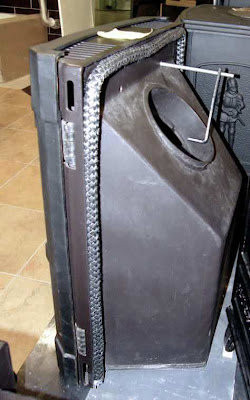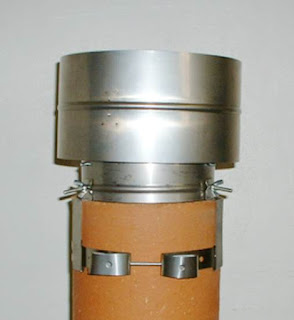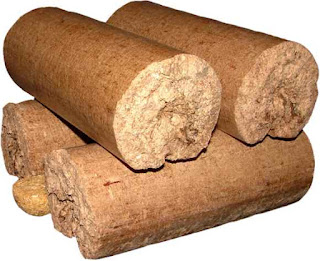.
Paying the Household Charge
A question on the Poll Tax was recently published along with the official advice on how to go about complying. It goes something like:
My 80y old mother doesn't know how to deal with the Household Charge. What should she do?
Answer
If she owns a house in Ireland she is liable to pay the Household Charge on it.
This liability is not mitigated by any personal circumstances such as:
(a) inability to pay,
(b) the inequity of someone in severe debt having to pay the same as an individual with millions invested.
(c) ill health or other circumstances preventing the person from taking action.
(d) lack of means to complete payment, such as no Internet, inability to get to offices etc.
(e) owning a property of little or no value.
(f) being in serious debt to banks etc on the property.
(g) or being on the verge of suicide due to insurmountable debts.
The Household Charge is a €100 annual charge, which is used to fund inefficient local services. Virtually all private residential properties, apart from a very few waivers and exemptions, such as mobile homes, are liable for the Charge.
(1) She must register her house (thereby) declar(ing) her liability for the Charge and
(2) She must pay the €100 by 31 March 2012.
She can do this online at householdcharge.ie or she can complete the New Account Registration form HC12N which can be downloaded from the FAQs section of householdcharge.ie.
If she had a computer and the Internet and knew how to go about it.
Copies of the form are available in most local authority offices, libraries and Citizens Information Centres.
If she was well enough to travel and had the means of transport - I guess she could not get the same travel expenses for doing this as TDs get? Whay can't people charge the same milage as TDs against their tax? If it is good for TDs it must be good for citizens right? One TD is attempting to justify his claiming over €140 per day for every one of the 365 days of the year.
She could also telephone the Household Charge bureau at 1890 357357 or 01 222 4000 and ask for the form to be sent to her.
If she had a phone.
She should fill in the HC12N form with her details and the details of her house. She can pay the €100 by cheque, postal order or credit card. The completed form should be sent to the Local Government Management Agency, PO Box 12168, Dublin 1. Up to 31 March 2012, she can also hand in the registration form and pay the charge directly at the office of her City or County Council.
If she does not pay the Household Charge by 31 March 2012 late payment interest and fees will apply.
Sickness, poverty, insanity or death, are not acceptable excuses.
The Household Charge is an interim measure. It is due to be replaced in 2013/2014 by an even more severe property tax based on the value of your property as stipulated by some well paid bureaucrat on €150,000+ pa. To answer the original question as to what your 80Y old mother should do - pray might be as good an answer as any.
.







































